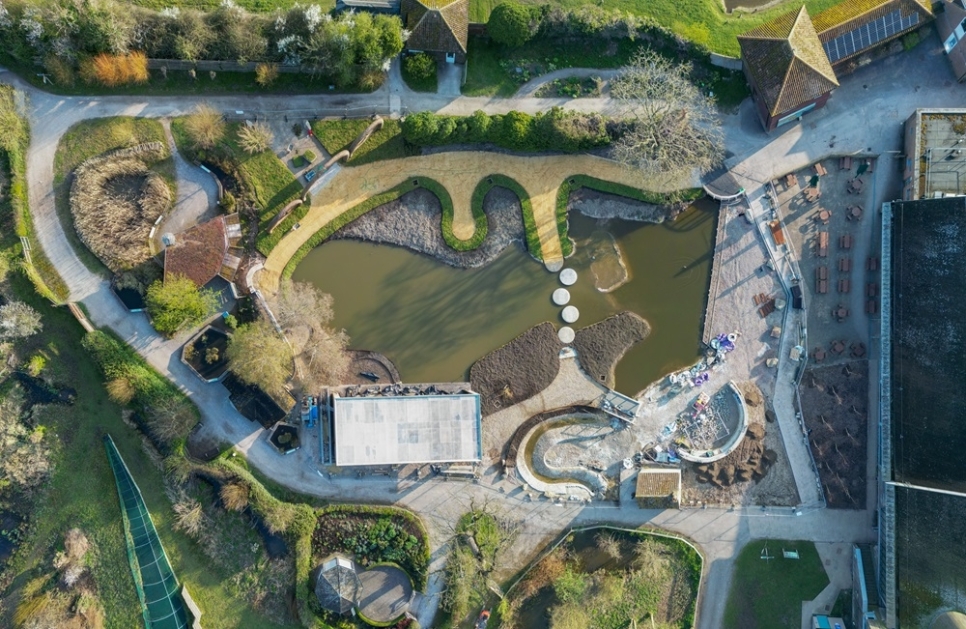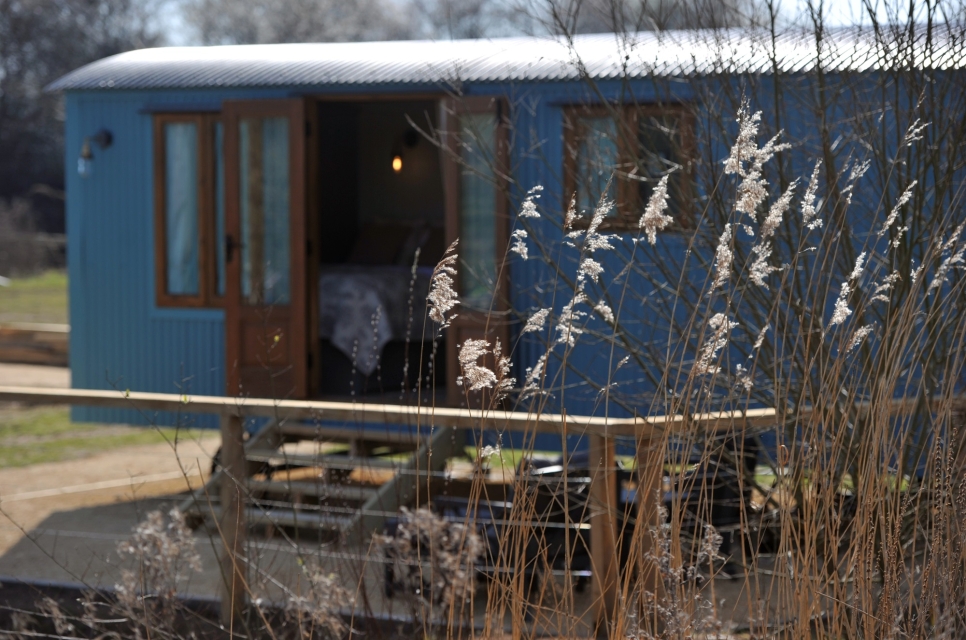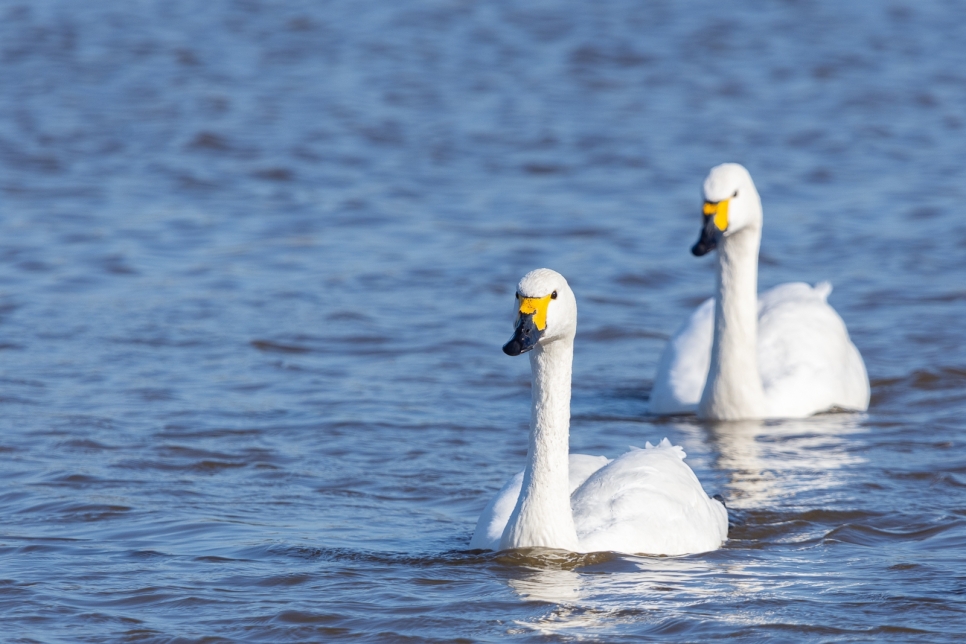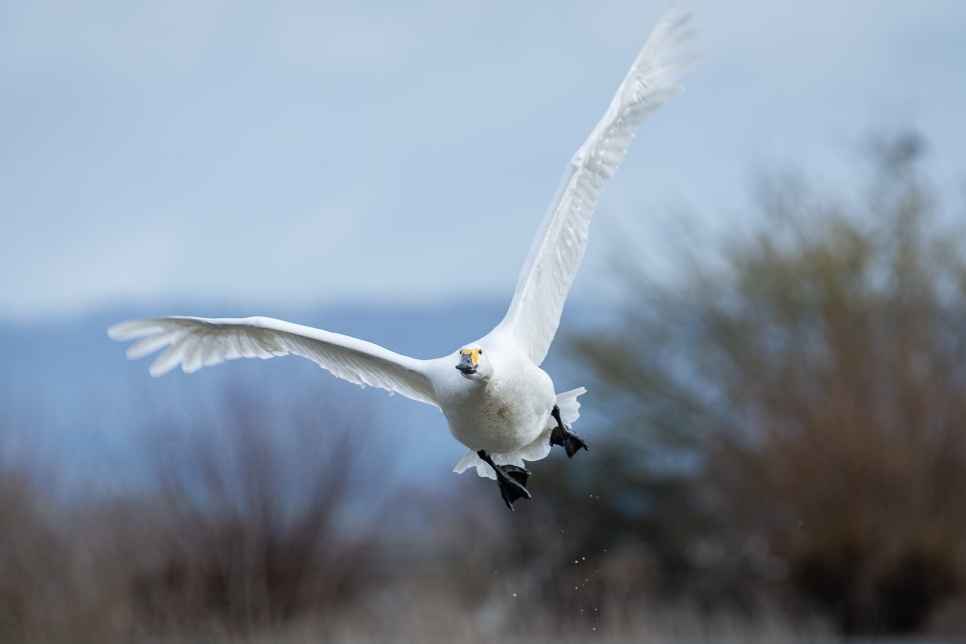First Bewick’s swan of the winter arrives at Slimbridge
The first of the Bewick’s swans has arrived at Slimbridge, over the weekend, on Saturday 30th October.
The first of the Bewick’s swans has arrived at Slimbridge, over the weekend, on Saturday 30th October.
The first Bewick’s swan to return this winter is Allington who is around three and a half years old. He first visited Slimbridge on 2nd December 2018 as a cygnet and has returned every year since. He usually stays with his parent’s By-Brook and Keynell but this year Allington has arrived first and on his own.

Bewick’s are small white swans with a black and yellow bill. Every winter they return to the UK to escape the Arctic winters of Russia, travelling an epic 3,500km journey. The arrival of the Bewick’s is spurred on by the onset of colder weather on the continent, north-easterly winds, and their need for access to ice-free wetlands.
As WWT celebrates its 75th Anniversary on 10th November, the Bewick’s swans arrival at Slimbridge and across other WWT sites including Welney in Norfolk and Martin Mere in Lancashire is a timely remind to the work of WWT founder Sir Peter Scott. Scott dedicated much of his time watching and studying Bewick’s swans. He was the first person to notice that each bird has a unique bill pattern making it possible to identify individuals. The WWT conservation team who are based at Slimbridge have been using this technique to identify and record individual Bewick’s swans for more than 50 years. Over that time, the comings and goings of individuals and family dynasties has led to over 10,000 swans being recorded, one of the longest single species study that has been researched.

Bewick’s tend to be long-lived, but usually only two or three cygnets per family make it to their wintering sites in northwest Europe, and less than half of the population makes a breeding attempt each year. Numbers decreased from around 29,000 in 1995 to approximately 20,000 recorded in 2015, and conservationists are still trying to confirm the reasons for the decline. There is no clear picture emerging relating to whether the problem lies with poorer breeding or higher mortality, or indeed both. Possible reasons for the decline could be lower survival rates through illegal hunting and/or collisions with man-made structures such as power lines.
WWT works to support field conservation work for the protection of Bewick’s swans and for the vital wetlands they need to survive. WWT supports the Swan Champions initiative out in Arctic Russia. Concerns for the fate of Bewick’s swans among local residents has promoted them to start an initiative to unite scientists, hunters and the public in championing swans and their wetland home while reducing the hunting of swans. This network of people includes prominent figures representing indigenous groups, conservation organisations, academic and educational institutions, tourism and agencies and members of the regional government. Activities focus on improving the ability of hunters to recognise protected waterbirds and encouraging them to follow the laws that protect them.
Watch the Rushy Lake on the Slimbridge webcam
Watch a video of Allington by 'Our Adventurers'
Photos by: Jonathan Mercer and Steve Heaven



